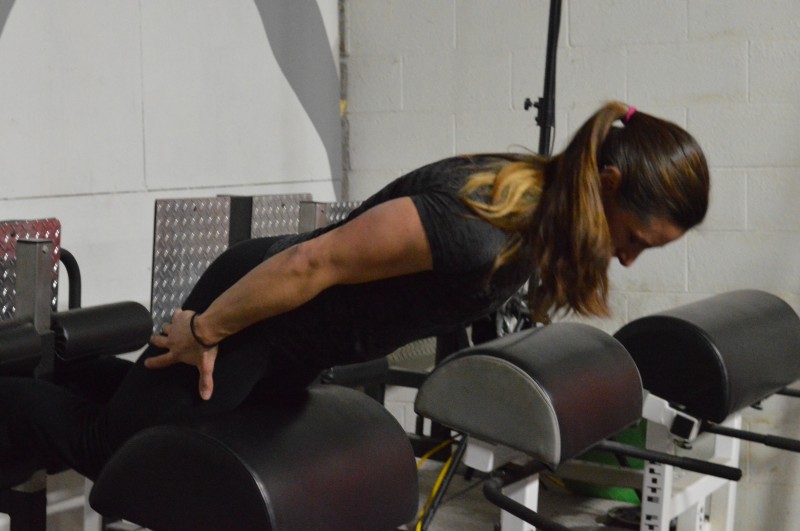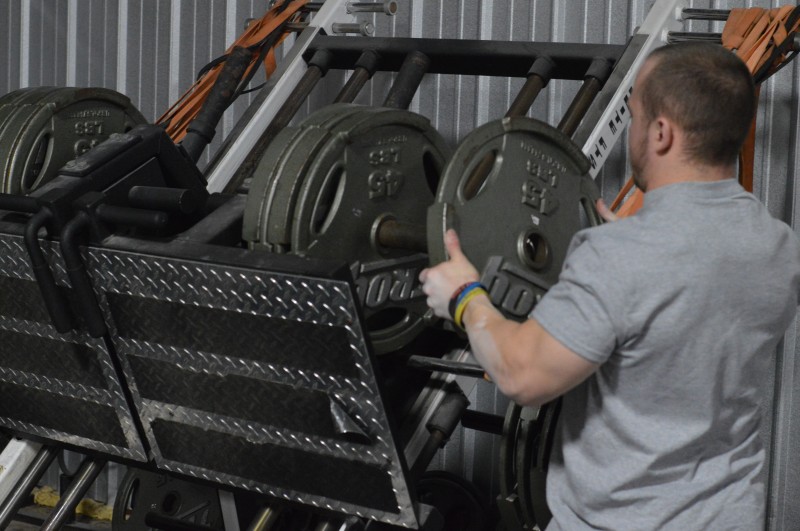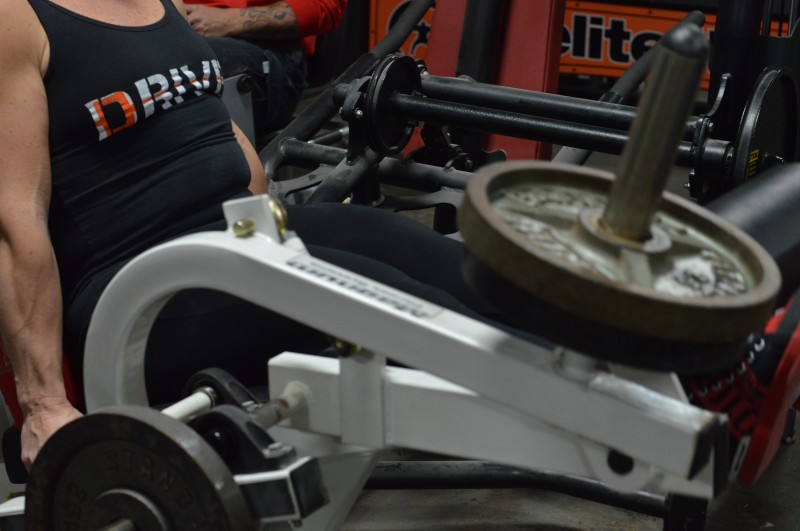
Everyone needs to be more muscular. Everyone. That's every personal trainer’s answer to what the “best” way is to train someone. Get them more muscular, as muscular as they can possibly be. Grossly oversimplified? There's no doubt it sounds that way, but hear me out.
Everyone has different desires, but their needs are all the same.
There exists certain paradigms within the personal training industry, one of the foremost being “Listen to people's goals.” This is very heavily emphasized in various articles and training textbooks and often gets discussed in industry content stuff. That said, I used to think this way as well...that everyone’s “goals” were the ultimate driver of how I should train them. After so many years and so many clients though, I began to realize something: despite everyone having different goals, their actual training needs were all similar or the same.
To illustrate, these are the most commonly expressed “goals” of personal training clients:
- Improve my fitness (but he or she has no actual definition of what this is)
- Lose body fat (fortunately hypertrophy-centric metabolic training is most effective for this)
- Move better (having more muscle enables you to move better)
- Increase flexibility (using a full range of motion when lifting and static stretching does this quite well)
- Look more toned (i.e. build some muscle)
- Be more defined (again, build some muscle)
- Improve my energy (being more muscular and stronger means that the same activities are less taxing on the body)
- Feel better about my body's cosmetic appearance (building more muscle improves this)
- Tone up/flatten/tighten up X body part (get it more muscular)
- Feel less weak (more muscle means you're stronger and you don't feel weak)
- Improve my running (i.e. I've never strength trained before but more muscular legs and stronger legs will help this)
- Improve my balance (more muscular legs equals stronger legs equals better balance)
- Improve my posture (grow back muscle and train the back and this improves)
- Correct XYZ (in every case, what needed corrected needed muscle)
- Build some muscle (this one is straightforward)
I could list many variations of this, but the theme remains the same. Practically every “goal” that you will ever hear a general population individual express is solved by training him or her expressly for hypertrophy.
Over time, I gradually shifted away from the industry trends of “functional” training, “strength” training, “performance” training and so on and so forth. Instead, I reconsidered muscle and hypertrophy as the foundation for everything that is movement and athleticism. This may seem overly reductionist given my background in dance, but I view it as a thought experiment. If the human body had no muscle, would it be able to move? No.
RECENT: Don't Romanticize Self-Destruction
If one accepts that premise, the absolute first priority of training is the development of muscle and its functionality. Your eyes are controlled by muscles. Your ability to crawl, walk, run, lift, defecate and speak are possible only because of muscle tissue. And health? Increased lean body mass from exercising correlates with so many improved markers of health that it would be silly to list them all.
If you are muscular and exercise, science “says” that you’re more likely to live longer, move better, not fall ill to degenerative diseases, have a greater quality of life, not get dementia or neurological decline, have a far greater quality of life and have less incidence of diabetes, cancers, heart disease and infection. The list goes on and on.
So what does that mean for training people? I train everyone like bodybuilders. Cue everyone reading this to burst a blood vessel.
Bodybuilding training should be the foundation of training and something that every trainer learns and practices himself along with his clients. Why?
- It develops kinesthetic/proprioceptive awareness.
- It's an application of functional anatomy.
- It's applied understanding of exercise and technique.
- Higher reps develop the oxidative capacity of muscle and improves blood flow along with a host of other associated health benefits.
- An increase in lean muscle improves both general movement and cosmetic appearance.
- If you don’t get more muscular, the training isn’t working.
The arguments against this will be that training like a bodybuilder isn’t “functional” and that these kinds of “workouts” demand machines. Some will also argue I'm implying that only isolation exercise are to be used. Maybe they’ll bring up “non-functional hypertrophy" or something about “getting people stronger." These assumptions are wrong and indicative that someone has little to no comprehensive understanding of how to train someone or how biology works let alone exercise. No one without muscle is strong either. Period.
If one accepts the idea that muscle is important and that it's the foundation of movement and every expression thereof, any training that promotes muscular growth can be considered “bodybuilding.” The criteria beyond that would be determining which manner of training promotes more muscle growth compared to others (high reps > low reps) and what is most sustainable over the long term, which is another article for another time.
Call this enlightened bodybuilding if you want, but that is what I mean when I say that I train my clients like bodybuilders. I train them to constantly be more muscular. Relative to all their “goals,” they all end up being fulfilled.
Muscle is the answer, and bodybuilding is the way.














The truth is 90% of hypertrophy fail comes from nutriton part.
Most people train hard enough(not all),,most people get enough time under tension,
but only very few eat enough clean food for bulking up.